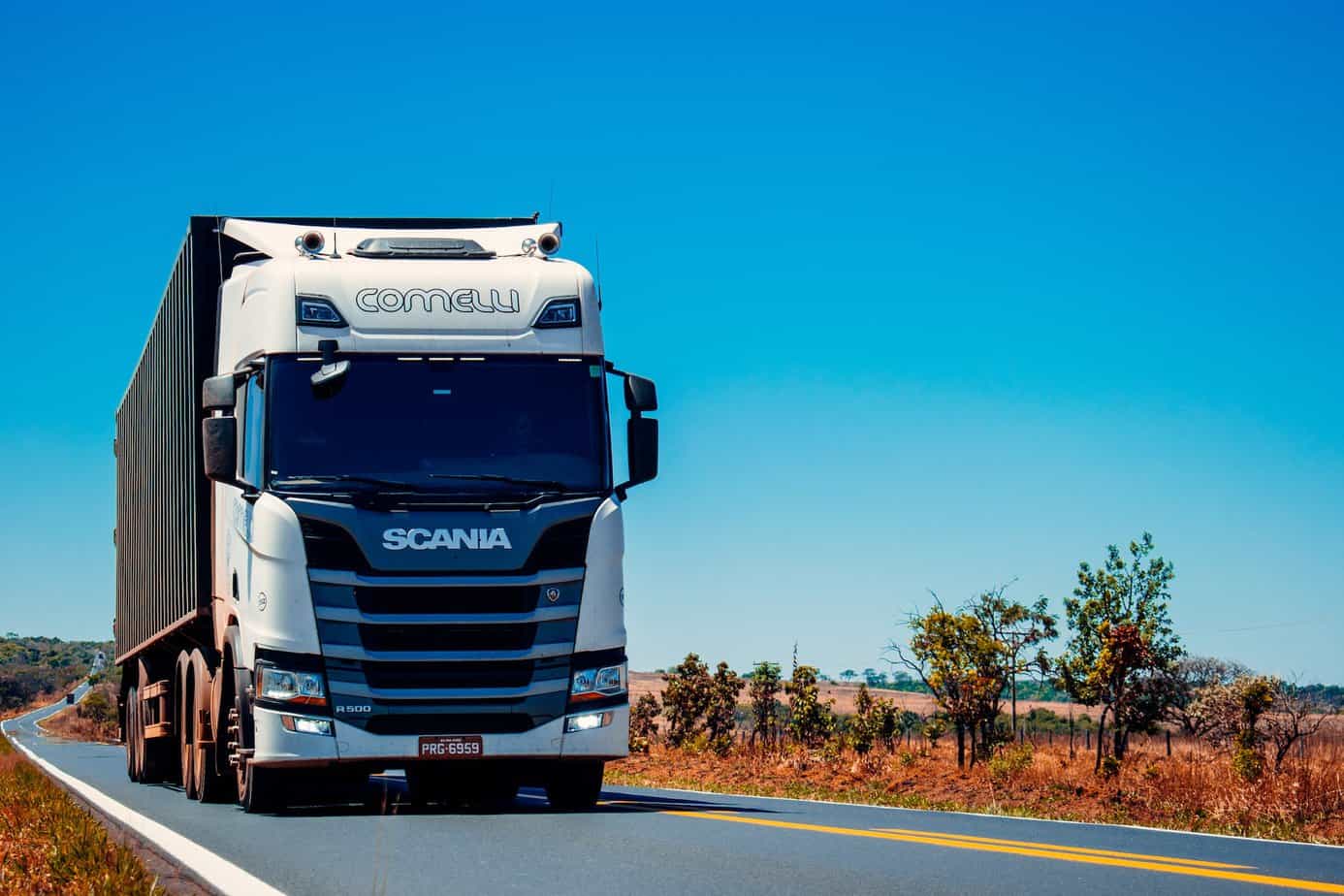
Lower fuel consumption on the road for trucks is, of course, an opportunity to save on operating costs. So it’s worth sensitizing drivers on what they need to pay attention to in modern trucks to make ecodriving a reality.
What does the engine have to do with ecodriving? As it turns out, quite a lot: first of all, one of the most common mistakes drivers make is warming it up. This is a myth that has been debunked more than once. In current trucks, drive units do not need warming up, and every minute of delayed driving is, of course, additional fuel consumption. Some may say that only optimal engine operating temperature guarantees adequate combustion, of course this is a fact. However, you will warm up the unit much faster by starting immediately after firing up.
Tire pressure is another very important issue, and not only affects tire wear or loss of handling characteristics, but also just the combustion. If the pressure is too low, the tire surface will not adhere evenly to the road, and this causes an immediate increase in rolling resistance. The higher the resistance, the higher the combustion. Interestingly, the optimal pressure level is 9 bars, and just 2 bars lower than normal will make the truck burn about 0.5 liters of fuel more per 100 kilometers traveled.
Another important issue is the driving style of the truck. This mainly concerns issues of starting and accelerating. Ideally, if the vehicle accelerates at the same rate, to achieve this, control the dosage of engine power. However, such a situation will be most favorable with a heavily loaded trailer. In the case of an empty or lack thereof, accelerate faster – this will be better from the point of view of combustion. In addition, pay attention to what awaits you on the road, if you have such information. There is no point in rapidly accelerating a truck if in a moment it will be necessary to brake practically to zero. This will again affect combustion, and dramatically.
The situation changes when driving on the highway. In this case, it is worthwhile to reach the optimal speed relatively quickly. That’s what the rules of eco-driving say, and it’s not unreasonable. So your goal should be to reach the highway speed as quickly as possible, then you will simply burn the least. When traveling on other roads, consider the first option, which is to accelerate gradually, while keeping an eye on engine speed.
There are many theories that say that driving in the so-called wind tunnel, i.e. right behind the preceding vehicle, is more beneficial when thinking about combustion. It would seem that in the case of driving behind the other truck, this theory makes even more sense. Unfortunately, research clearly shows that you won’t improve your combustion figures to any noticeable degree.
Interestingly, your fuel consumption may even increase, plus you expose yourself to a possible collision if the vehicle in front of yours has to suddenly reduce speed. So follow these rules to save on consumption, especially at a time when fuel is getting more expensive.
main photo: unsplash.com/Gabriel Santos